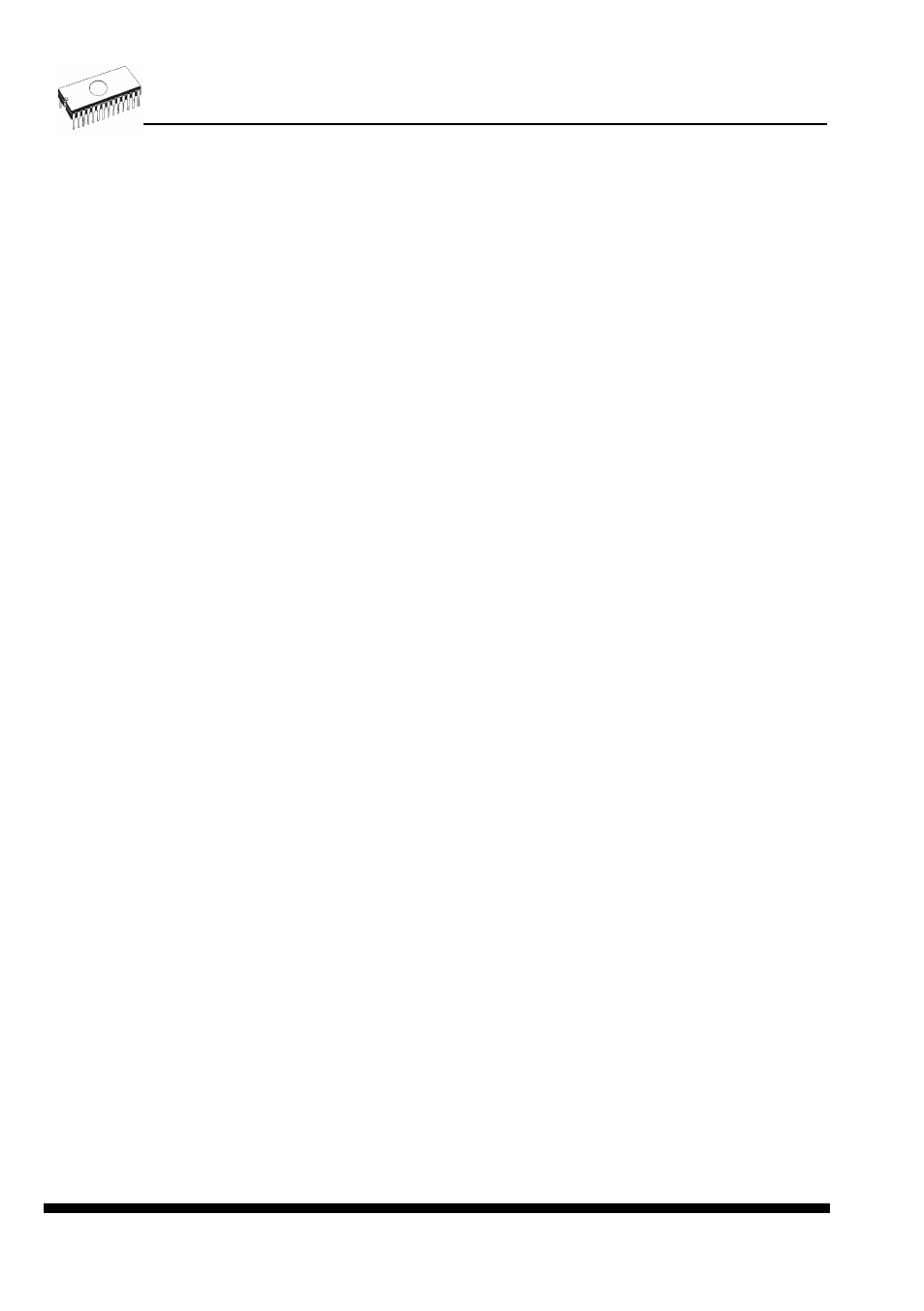Print buffer – Dataman 40Pro User Manual
Page 84

84
F3
copy block is used to copy specified block of data in current buffer on new
address. Target address needn't be out from source block addresses.
Shift+F3
load data from binary file to buffer. This command is available for
secondary buffers only. For more information see notes for save buffer
data command (Shift+F2) above.
F4
move block is used to move specified block of data in current buffer on new
address. Target address needn't be out from source block addresses.
Source address block (or part) will be filled by topical blank character.
F5
swap bytes command swaps a high- and low- order of byte pairs in current
buffer block. This block must start on even address and must have an even
number of bytes. If these conditions do not fulfill, the program modifies
addresses itself (start address is moved on lower even address and/or end
address is moved on higher odd address).
F6
print buffer
F7
find string (max. length 16 ASCII characters)
F8
find and replace string (max. 16 ASCII chars.)
F9
change current address
F10
change mode view / edit
F11
switch the mode of buffer data view between 8 bit and 16 bit view. It can be
also doing by mouse clicking on the button to the right of View/Edit mode
buffer indicator. This button indicates actual data view mode (8 bit or 16
bit), too.
F12
checksum dialog allows counting checksum of selected block of buffer
Arrow keys
move cursor up, down, right and left
Home/End
jump on start / end current line
PgUp/PgDn
jump on previous / next page
Ctrl+PgUp/PgDn jump on start / end current page
Ctrl+Home/End jump on start / end current device
Shift+Home/End jump on start / end current buffer
Backspace
move cursor one position left (back)
Note: characters 20H - FFH (mode ASCII) and numbers 0...9, A...F (mode HEX) immediately
changes content of edit area.
Warning: Editing of ASCII characters for word devices is disabled.
Print buffer
This command allows write selected part of buffer to printer or to file. Program uses at it an
external text editor in which selected block of buffer is displayed and can be printed or saved
to file, too. By default is set simple text editor notepad.exe, which is standard part of all
versions of Windows.
In Print buffer dialog are following options:
Block start
Defines start address of selected block in buffer.
Block end
Defines end address of selected block in buffer.
External editor
This item defines path and name of external program, which has to be used as text viewer for
selected block of buffer. By default is set simple text editor notepad.exe, which is standard
part of all versions of Windows. User can define any text editor for example wordpad.exe,
